7 Amazing British Films That Are Lost Forever
The British Film Institute (BFI) is committed to preserving the best homegrown films the UK has to offer. But what happens when those films go missing?
Poor archiving, fires and thefts, companies going into liquidation and celluloid degradation are some of the reasons why older movies disappear from public view.
- The 10 Worst Movie Accents Ever
- Great Scenes That Were Only In The Trailer
- 15 Actors Who Piled On The Pounds
In response, the BFI created their Most Wanted list – a register of 75 intriguing films that for one reason or another have been lost to audiences. Here are 7 that sound amazing.
The Cherry Picker
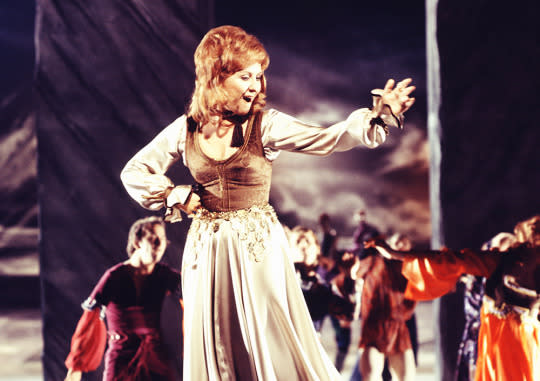
Why is it amazing? It’s a sex comedy starring Terry-Thomas, Spike Milligan… and Lulu. Huh? It’s on the list despite appearing to exist in various capacities across the Internet, most likely as a VHS transfer.
Director Peter Curran had to remortgage his house to finish the film and according to various sources, Lulu’s Scottish accent was too strong, leading to her being dubbed by Nikki Van der Zyl, best known as the actress who did the same for multiple Bond girls, including Ursula Andress in ‘Dr. No’.
What happened to it? You can see long chunks on YouTube and beyond, but otherwise, it only crops up in bargain bins at charity shops.
The Mountain Eagle
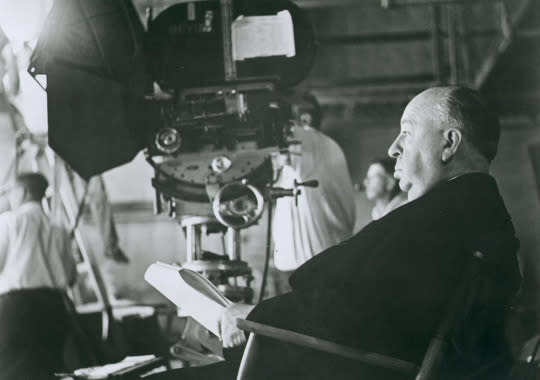
Why is it amazing? Released in 1926, this silent movie about a teacher in a mountain village is the most wanted film on the most wanted list and notable because it’s Alfred Hitchcock’s second effort as director.
Shot in Germany, Hitch didn’t consider it a particularly good movie and because he hadn’t yet become the iconic director we all know and love, it received a minimal release.
What happened to it? It’s thought that at least four prints of the film existed, but they have been lost over time, a great disappointment to Hitchcock completists desperate to see exotic star Nita Naldi (the director described her as “dark, Latin, Junoesque, statuesque, slinky, with slanting eyes, four-inch heels, nails like a mandarin’s) take on the role of a Midwest schoolmarm.
The Diamond
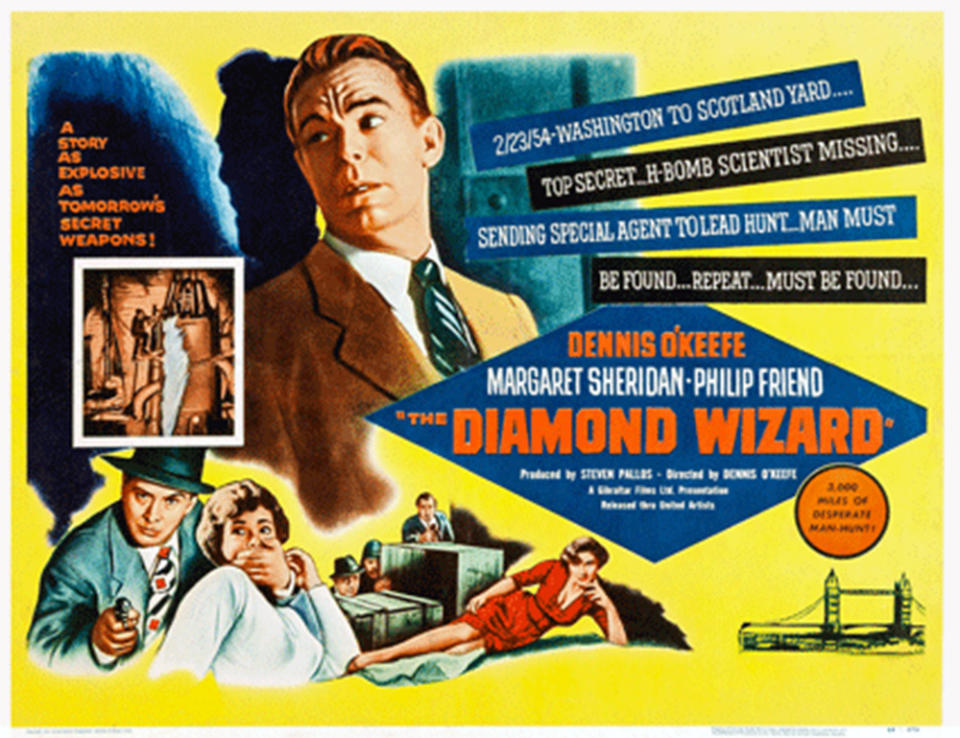
Why is it amazing? Known as Britain’s first 3D movie, this 1954 action-thriller released in the US as ‘The Diamond Wizard’ was actually only shown in 3D once, at a restoration screening in 2006.
What happened to it? Shot on a specially-created camera rig (known as the Spacemaster), it was most likely intended to have been shown at the Telecinema on the Southbank in London, a space designed for the Festival of Britain to show off the burgeoning 3D film technology.
Murder At Monte Carlo
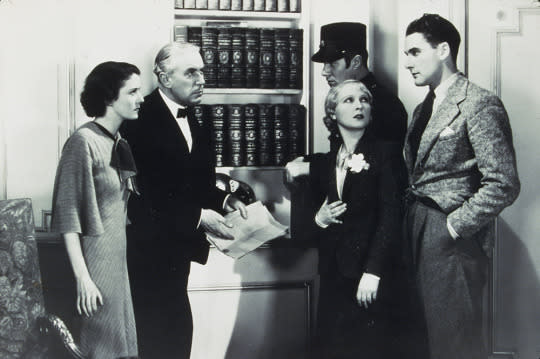
Why is it amazing? Errol Flynn became a star pretty quickly, but he wasn’t one when he made his debut in this 1935 pic about two reporters chasing the real story about a dead mathematician in the titular city.
What happened to it? The movie was never released in the States, having been filmed at Teddington Studios in south London. Flynn’s performance didn’t impress critics either, though that didn’t stop him moving to Hollywood, where he scored his breakthrough role in ‘Captain Blood’ almost immediately.
Small Town Story
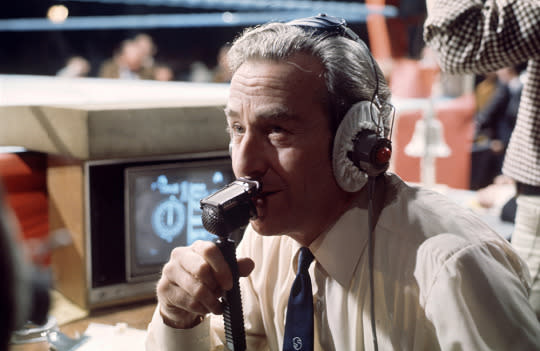
Why is it amazing? Known during production as ‘Between Two Goals’, this was some kind of Fifties ‘Escape To Victory’/ ‘When Saturday Comes’. It tells the story of a Canadian who returns to Britain after the war to reconnect with a girl, only to find himself signing up to the local football team thanks to recent bequest, which promises the club a massive wad of cash if they get promoted.
Not only did it feature Arsenal and Millwall football players in the cast (including Gunners star Denis Compton, who was also an international cricketer), but lead actor Kent Walton, pictured above, went on to become the voice of British wrestling on ITV.
The icing on the cake? The movie’s football team is called Oldchester FC.
What happened to it? Nobody knows, though this is a script in the BFI archive, as well as stills and press notes.
Crosstrap
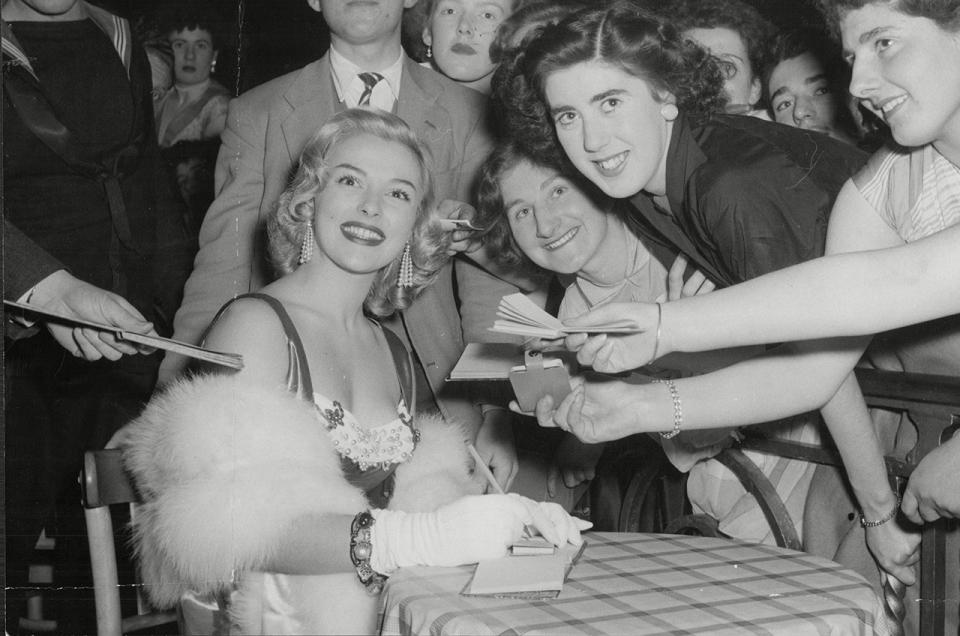
Why is it amazing? In 1962 Britain, the shackles were beginning to break from their Fifties straitjacket and ‘Crosstrap’ was one of the movies which challenged the more rigid rules of what you could and couldn’t see on-screen at the time.
A kind of proto-‘Straw Dogs’, the film stars Gary Cockrell and Jill Adams (pictured above) as a couple on a writing retreat in the country who are held captive by a local gangster.
Director Robert Hartford-Davis became known as someone who rubbed the censors up the wrong way – in ‘Crosstrap’ the final bloody shoot-out is renowned as particularly graphic for its time.
What happened to it? Despite getting an airing as part of a double bill in 1967, the reels have been lost to history ever since.
Nobody Ordered Love
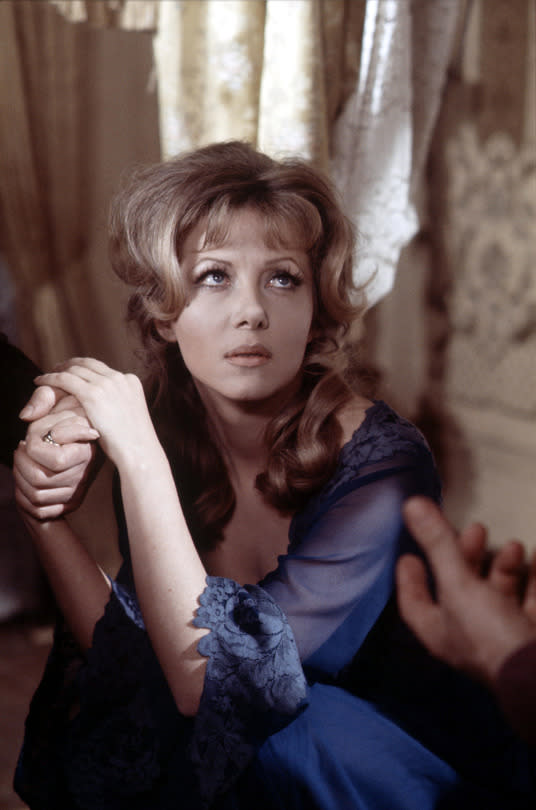
Why is it amazing? The second Robert Hartford-Davis movie on the Most Wanted List, 1971’s ‘Nobody Ordered Love’ was a exploitation film about the British film industry.
In it, Hammer horror icon Ingrid Pitt played a bolshy actress making a WWI picture, who ends up committing suicide while the director’s business partner seduces her understudy.
What happened to it? Reviews were vicious and distributor Rank lost faith in the project, prompting Hartford-Davis to get so angry, he yanked the release, took the negatives and went to live in Los Angeles. He stored the footage in his new wife’s garage, but after he died in 1977, she cleared out the space, along with the movie.
- 1980s Movie Stars: Then and Now
- 1990s Movie Stars: Then and Now
Photos: Snap/Rex_Shutterstock/ITV/Edward Wing

 Yahoo Movies
Yahoo Movies 
